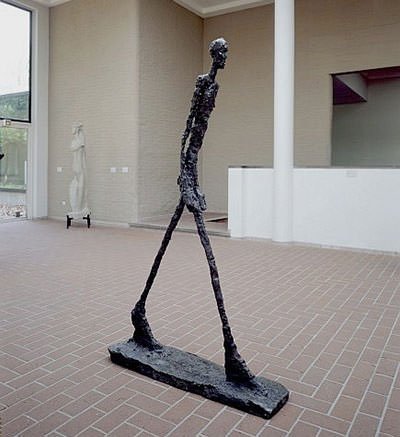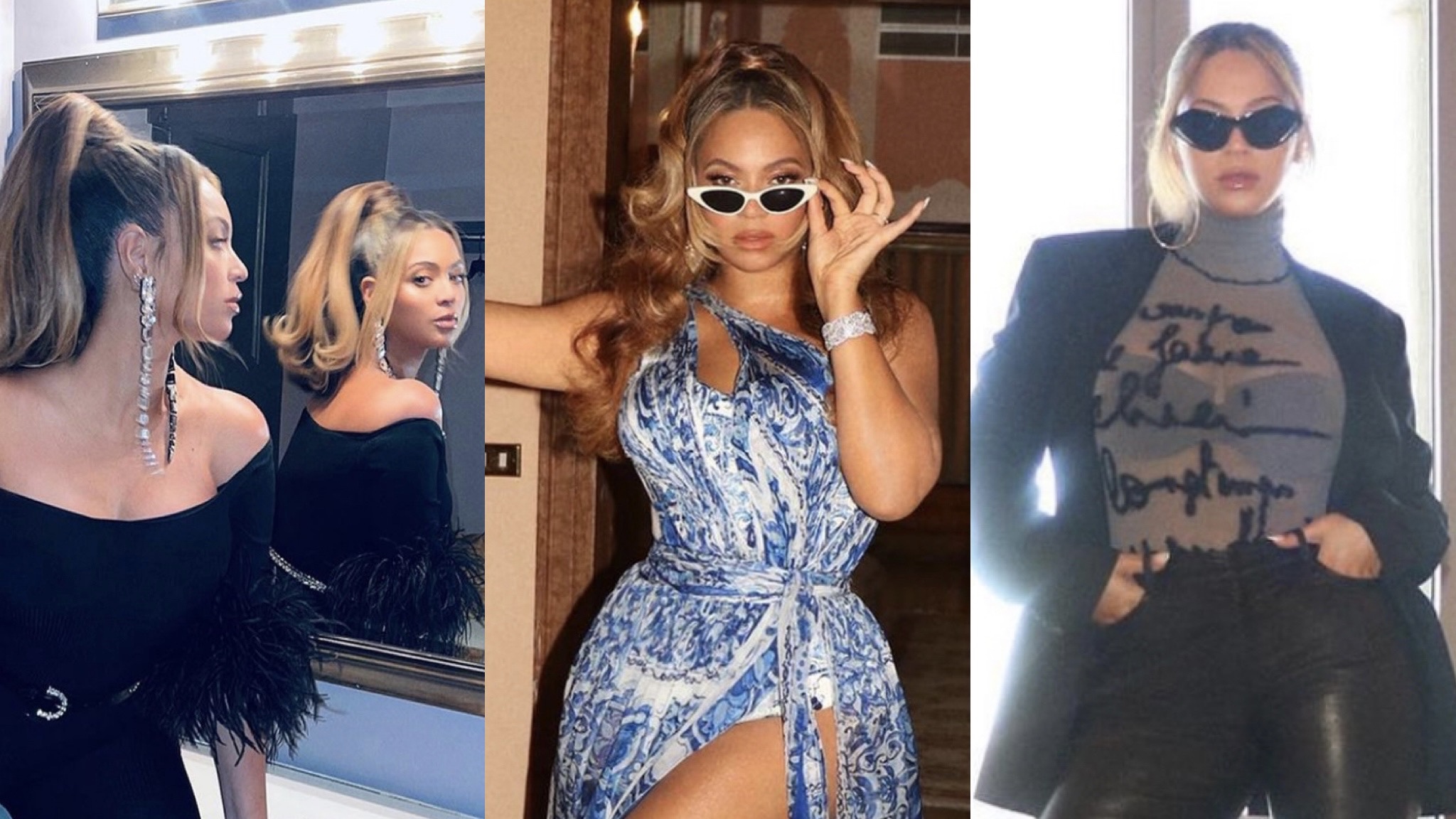
Roy Lichtenstein is one of the most prominent pop artists of the 1960s. His works included hidden images and cartoon characters. Allan Kaprow from Rutgers University was an important influence on the artist. Kaprow encouraged Lichtenstein incorporate proto-pop iconography within his paintings. His pop period began on June 1, 1961, and lasted through 1965. Look Mickey (1961), his first large-scale Pop painting, made use of Ben-Day dots.
Car
Roy Lichtenstein created In the Car in 1963 as a pop art painting. The record for the highest Lichtenstein painting auction sale price was held by a smaller version. A larger version has been in the collection of the Scottish National Gallery of Modern Art in Edinburgh since 1980.
Girl with a Ball
Roy Lichtenstein was an important contributor to Pop art. His work is displayed in many art galleries and museums. Lichtenstein was also a designer and creator of a window frame. The Weismann Art Museum is where the mural measures 240x192inches. His painting was inspired by an image by Hy Eiman. Lichtenstein changed the colors and the caption of the image, then reworked it.

With Leg, Step-on Can
Roy Lichtstein artists' Step-on Can and Leg was inspired from a comic strip by Irv Novack that first appeared in DC Comics' February 1962 issue. Lichtenstein produced preliminary sketches based on the original panel, which are now part of the Tate Modern's collection. Lichtenstein's first vision of the painting is shown in these sketches. The panel was divided into two parts by Lichtenstein, with the main plane located in one section and the explosion taking place in the second.
Ohhh...Alright
Ohhh...Alright ..., is a 1964 Pop Art painting by Roy Lichtenstein that has achieved a new high in the auction prices. This painting is the most expensive Lichtenstein painting that has ever been sold at auction.
In the Car video
In the Car is an artist-driven documentary produced by the Albright-Knox Art Gallery. It chronicles the life of Roy Lichtenstein (American artist, pioneering the Pop art movement). Lichtenstein talks throughout the film about his philosophy of art, his use and approach to painting, as well as his methods.
Ohhh...Alright painting
Roy-Littenstein created the 1964 Pop Art Oil on Canvas Ohhh...Alright. The image is now part of a private collection. This painting was inspired from a comic by Arleigh Publishing Corp. (now part of D.C. Comics). It uses a limited palette of primary colours and depicts sexual attraction. The yellow background draws attention to the emotions.

Ohhh...Alright video
Ohhh...Alright represents pop-culture during the 1960s. Since then, it has become one Lichtenstein's most beloved artworks. The video is a testament to the pop-culture explosion that was taking place during that decade. This video was created by Roy Lichtenstein, a renowned artist who created a broad portfolio of comic-strip images. Many of these pieces have been auctioned all over the world. A new auction featuring "Ohhh...Alright", will take place in November.
FAQ
Who was the first to coin the term Pop Music
Frank Zappa invents the term pop music. Pop music was the name he used to describe his music.
He said that he wanted music to appeal to everyone. Pop music was what he called his music.
Zappa also invented the phrase "You Know It's Pop when ..."", which signifies that something is popular if there are many people who enjoy it. Michael Jackson's Thriller record is one of the most successful.
Zappa has a different definition of pop music than we do today. Pop music is today all music. However, in the past, only certain genres of music were considered to be pop.
What is popular culture in music?
Popular Music Culture takes many forms.
The use of certain music styles (e.g. jazz, rock) and lyrics is what defines popular music culture. It also encompasses the influence of visual media, such as film, television, fashion, advertising, etc., on artists' careers and public perception.
It's also the way that fans interact with their favorite musicians.
A key element of popular music culture are the "superstars", which are musicians who have achieved fame or fortune.
These superstars often transcend genres and become cultural icons, and their popularity has influenced the evolution of popular music itself.
The popular music culture also includes:
* The rise in recording technology - from acoustic instruments, to electric guitars, and microphones.
* Invention of the record player and radio
* The birth and rise of rock & roll.
* The introduction of TV and film;
* The advent of MTV and VH1;
* The creation the internet.
Is Tik Tok pop-culture?
The answer is yes! It's not limited to teenagers. You can make these short videos for anyone.
Over 200 million people are using the app daily around the world. This number is growing by millions every day.
TikTok gives brands the opportunity to build meaningful relationships and connect with customers through this amazing platform.
TikTok is also home to many influencers who have built massive followings on the platform. These creators create original content and engage audiences around the world.
Don't wait! Here are four ways you can take advantage of this trend.
-
Make Viral Content
-
Engage Influencers
-
Use Visuals Effectively
-
Creativity with Your Audience
Why pop music is popular?
Pop music is very popular because it's fun! Pop music is uplifting and can give you a great feeling of freedom. People listen to pop music, and they are free to think about other things than themselves. They don't have to worry about what other people think. And this is why pop music is so popular. People enjoy listening to music that makes them feel good. Listening to upbeat music can help you get out of a slump. You might even find yourself singing along. Pop music has been so popular over the years because of this.
What can pop music teach us?
Our society today is more concerned with material goods than everything else. This is especially true for young people. They spend hours every day looking at screens. They watch movies, play video games, and surf the web. They are distracted from their schoolwork by all of these distractions. As a result, they end up failing classes.
In today's world, everyone wants to be accepted. That means being popular. Popularity is dependent upon having money, clothes and other possessions. This leads some people to do things that aren't right.
We have become dependent on technology. The internet has made it possible to access all sorts of information. Unfortunately, not everything is accurate. False rumors are floating around the Internet. These rumors are quickly spread by people sharing them on social media. It's easy and quick to post something without verifying whether it is true.
People have lost their ability for critical thinking. They believe whatever they read on the Internet. They believe everything they read in magazines and on television. They stop thinking for and about themselves. Instead, they follow others.
Relying on others for information can cause us to lose control of our lives. Pop culture encourages us to rely on others. This can make us lazy. We don't always see the truth, but it is there.
What are examples of pop culture today?
Pop Culture is a 21st-century art form. It encompasses all forms of popular entertainment, from music, film, TV, video games, fashion, advertising, comics, etc. Neil Postman, an author, coined the term "pop" in his 1985 book Amusing Ourselves. Pop is a type of mass communication that relies on cheap tricks or formulaic devices to give the illusion of spontaneity.
However, he noted that most people do not experience true enjoyment because they have become conditioned to seek media experiences that make them feel superior to others. He also argued that cultural expression has contributed to the decline in critical thinking skills among young adults.
Pop culture can also refer to popular culture and consumerism.
What are some examples of pop culture in 2020?
The music business is changing rapidly. In fact, this year we saw Billie Eilish (Post Malone) and Travis Scott reach number 1 in Billboard's Hot 100 chart. This was an incredible feat for any artist.
This is also true for streaming services. Spotify reported that Spotify streamed more 10 billion hours audio content last year. That's around 5 times what users were listening to just five years ago!
This has led to a massive shift in how people consume media. The majority of people now spend their time reading content, rather than creating it.
All age groups have easy access to high-quality audio content. Anyone can record, edit, mix and release their music.
To be able to sing your favorite song, you don't need to attend university to study classical instrumentation. Simply download an application, add your voice and upload them on YouTube.
If you don't feel like making music, why not just watch? You can find countless channels that make videos of songs, from parodies to covers.
Statistics
- Less than a decade later, that statistic rose to 90% (Dager, n.d.). (socialsci.libretexts.org)
- Latinos represent roughly 19% of the U.S. population. (npr.org)
- According to CNBC.com, “more than 70% of the film's revenue came from countries outside the US” (https://www.cnbc.com/2019/01/08/aqua...nal-sales.html, ret. 8/18/19). (socialsci.libretexts.org)
- According to Kathryn Sorrells (2013, pp. 142-144), there are several ways that we can become informed consumers of popular culture. (socialsci.libretexts.org)
- According to Dictionary.com, popular culture, or low culture as it is sometimes referred to is comprised of the “cultural activities or commercial products reflecting, suited to, or aimed at the tastes of the general masses of people” (7/21/19). (socialsci.libretexts.org)
External Links
How To
What is the most popular culture you can access through media technology?
Pop culture is everywhere. It's all around us: movies, books, music and television, as well as video games and social networking sites.
Popular culture influences our lives. What we read in magazines, hear on the radio and see on TV influences our daily lives. We watch TV shows, shop, socialize with friends, visit parties, find people online and surf the Internet.
Popularity doesn't necessarily mean it's good business.
Here's where media technology comes in. They give us tools to help us access popular culture in a manner that connects us with consumers.
The media technologies can be used for:
-
Create content about products and services
-
Engage your audience with their favorite actors, musicians, and authors
-
Promote brands and companies
-
Promote your brand
-
Track consumer trends
You need to be familiarized with popular culture if you want to grow brand awareness, get more customers, generate leads or increase customer loyalty. Accessing media technologies is a great way to do that.